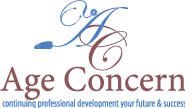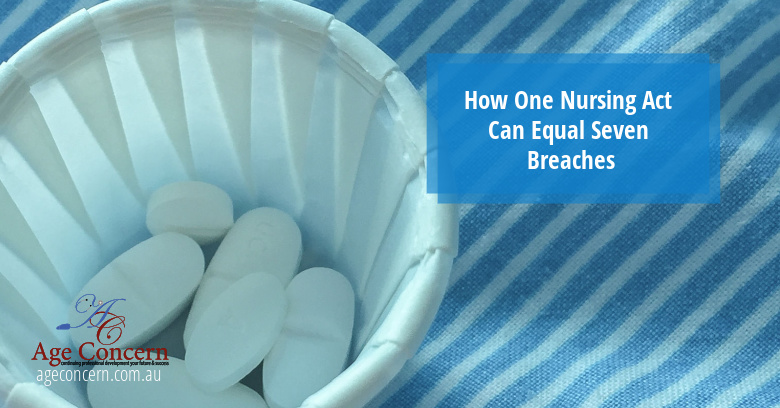In her presentation of Judicial Interpretation of Nursing Documentation, which discussed the value of good, ethical, and legal decision making in nursing, Associate Prof. Linda Starr RN, MHN Dip of Nsg; BNg (Ed) GradDip (DistEd), LLB GCLP LLM , FRCNA, PhD, asked how many of those nurses in the meeting have never left medication with a resident or patient, unattended on a locker, then signed that it was administered?
Linda pointed out that this one act is a breach of the:
- legislation
- regulation
- common law
- standards of practice
- code of conduct
- contractual relationship with the employer and a fraudulent statement has been made
Another Case
This example brought to mind a presentation some 15 years ago by Bernice Finlayson RN SCM BA LLB MRCNA (recently deceased), also a nurse lawyer; it is another telling example. The case was related to the death of a patient in an Intensive Care Unit. It was a case of anaesthetist versus nurse over who contributed to the death of the patient. According to Bernice, the nurse’s documentation in the progress notes was exemplary, factual, and contemporaneous. The anaesthetist’s legal team subpoenaed the medication charts of the five patients in the unit at the time. It was pointed out to the court that the nurse in question had signed that she had given medications to each of the five patients at exactly the same time i.e. say 08:00 hours. This called into question all the nurse’s evidence and documentation. Apparently, the judge stated, “I thought nurses could be trusted”.
Many of you will know where I am heading with this discussion. I am sure most nurses do not have an issue with signing the correct time of administering S8 and S4D drugs. Not so when other medications are administered.
Why aren’t the times being recorded correctly?
Since that presentation by Bernice, at every relevant opportunity, I discuss with nurses the importance of documenting the actual time medication was administered, not the time for which it was ordered.
Repeatedly I have been told:
- from the doctor’s order, there is a two-hour window for administering medication. This may be so. Although, I have not found a piece of legislation related to this statement; I would be pleased if somebody could direct me. Whether or not the legislation does exist, I do not believe it would be wise for a nurse to sign that a certain medication was administered at 08:00 hours when it was administered at 07:45 hours.
- the style of medication chart we use does not allow it.
- the squares on the medication chart are too small. Bernice responded to this question by saying ‘write small’.
- we are too busy to be adding the individual times for each administration.
Linda’s Response
Linda’s response to the case above – without knowing all the details – is:
“Ideally, at the time the medication is given, it should be noted in the column – even if in small writing – the further away from the time prescribed, the greater the need for accuracy as to when this was given.”
I don’t think there is any legislation on this.
I wouldn’t trust the two-hour rule; I think this might be common practice that has gained the weight of policy over time. Its veracity is dubious – unless it is located and incorporated into local policy.
If staff are too busy to write the correct time in, I would suggest they may be too busy to do the drug round; one only has to equate distractions through being too busy to medication errors!
Electronic Documentation – The Good and The Not So Good
Thank goodness, in 2020, for those Electronic Medication Management Systems that evidence the time a medication was administered, thus protecting nurses from themselves ?
The same cannot be necessarily said for other electronic documentation. In particular, I am referring to the electronic systems which develop care plans for residents or patients from the data entered – often without the registered nurse seeing or assessing the patient or resident but signing off on the document. The questions that must be asked in this circumstance:
- is the care plan personalised?
- are you documenting on behalf of another staff member?
Linda did finish the presentation with the fact that given the number of nursing activities in a year, nurses do many more episodes of good practice than bad practice, based on the number of ‘cases’ being questioned ?

